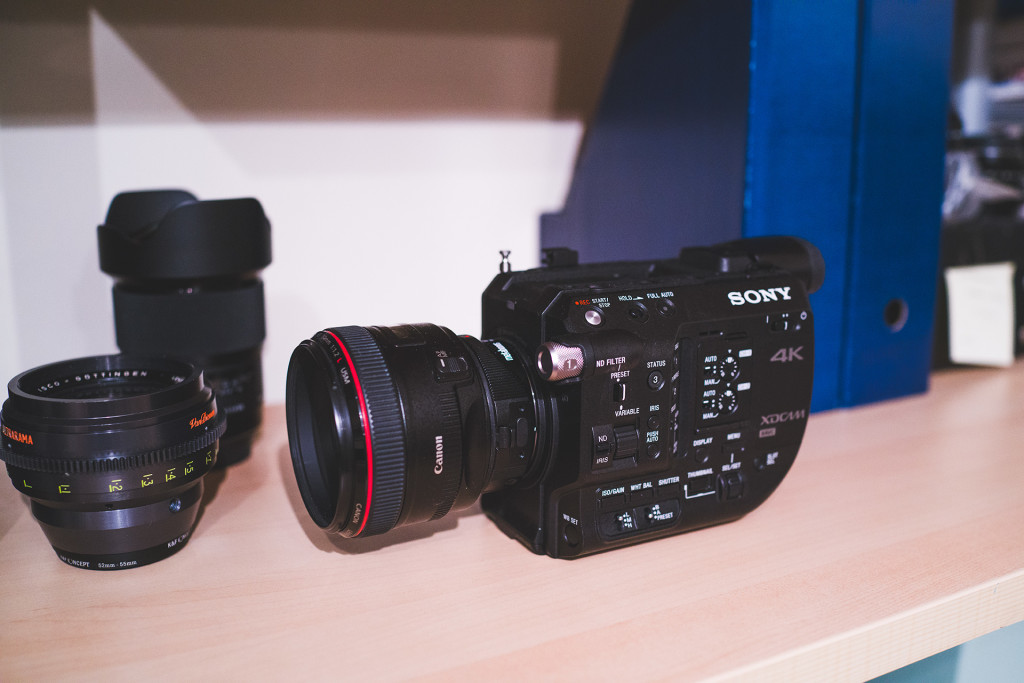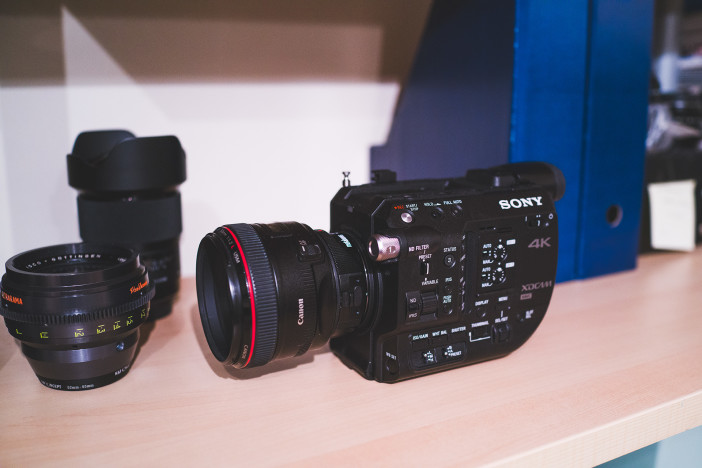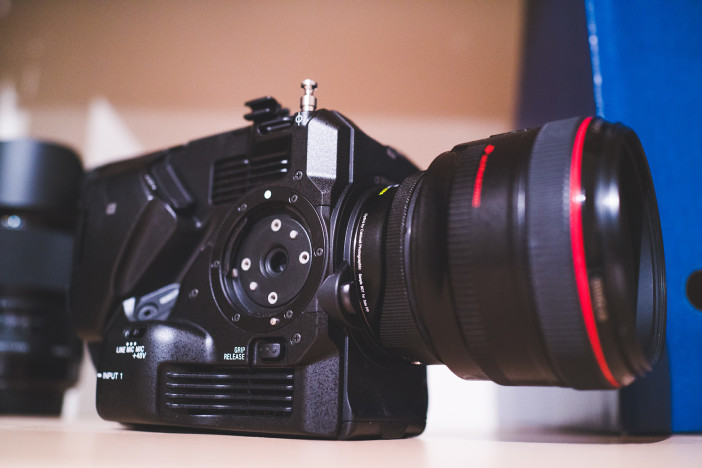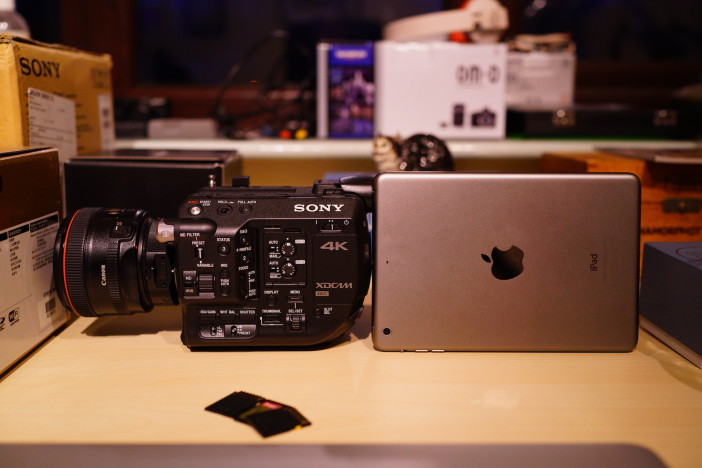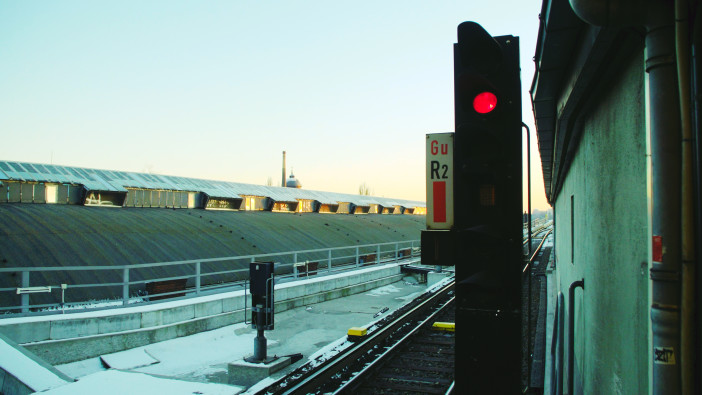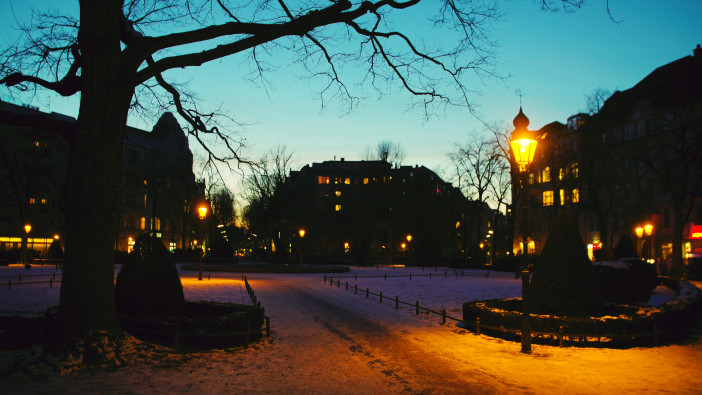
Last week I had an insight into just how responsive Sony are becoming in rolling out support for their cameras. As users like myself and Paul Antico discovered soon after the FS5 was released the image had some issues. The very week I bought my camera Sony were in touch by email – I was then tasked to shoot some tests and send the XAVC footage to their engineers in Japan so they could work on analysing the problem. The detective work complete, Sony have now just released a statement saying they’ve identified the bugs and will squash these in upcoming firmware updates.
Sony’s goal is to release the firmware at the end of February 2016.
Although Sony have had quite a few quirks to iron out of their Version 1.0 firmware cameras recently, it is worth bearing in mind about how much extra they are adding as well. I’ve been asking Canon for a tiny little feature update (peaking) for the Cinema EOS 1D C for 2 years and they have not rolled out a single firmware update for it that improves on it as a cinema camera. You’d think with such an expensive body they would be prepared to work a little harder for their customers, but no. It really is time to consider Sony’s rolling firmware update programme as a big reason for switching – with added features like centre scan, FS RAW and automatic variable ND control to name but a few.
Clearly Canon’s philosophy is to roll out a reasonably conservative feature set and make sure it’s bullet proof, then only fix very minor bugs like menu language spelling mistakes for the entire shelf life of the camera (3-5 years), whereas Sony’s approach is to put far more resources into the firmware development and have a team of engineers working on behalf of the users to keep improving our cameras.
Firmware updates have always been popular with filmmakers and you only have to look at the extent of the community surrounding third party updates such as Magic Lantern or Vitaly Kiselev’s work on the GH2 codec to realise this. Magic Lantern in particularly had a big cross-over appeal with pros, not just enthusiasts whilst Vitaliy’s custom firmware for the GH2 had been used in the past on feature film shoots.
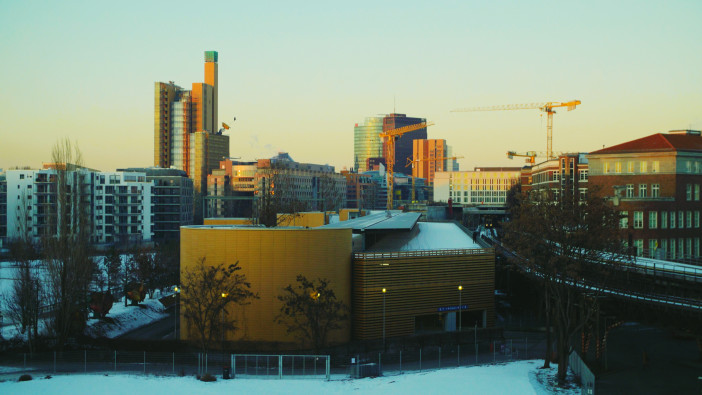
The Sony FS5 meanwhile I have been shooting with more and more since I got it. I know it isn’t quite aimed squarely at the cinema market like the FS7 is – but it is partly and so it does need a stronger codec in my view. It was a rocky start, there’s no denying that and the bugs shouldn’t have been in a release camera but I am sure Sony will learn from this and make more stable firmware version 1.0 cameras in future and hopefully not listen to people like Alister Chapman who unfortunately chose to blame Sony’s customers rather than flagging the issues with Sony when he first got his hands on it – which was way before I did!!
Above: the FS5 is an iPad Mini sized FS7 with virtually the same image quality
The main reason I am keeping the FS5 is that it’s just such a joy to shoot with. The lightness of the body when stripped down to a minimum continues to astound me and there’s no need to bolt a heavy V-lock battery to it like there is for the less power efficient Blackmagic URSA Mini 4.6K and RED cameras. It really can compete with the other cinema cameras for image quality and obviously when the firmware for FS RAW comes out it will compete with them on the codec front as well. Stripped right down it is perfect for professional drone and extreme sports work.
My most recent shoot with the FS5 was at the memorial for David Bowie in Berlin outside the flat he used to share with Iggy Pop. I’ll have a blog post about that and my video online in the coming week and I’m really satisfied with the way the camera performed in low light with the Metabones Speed Booster. You can also check out Philip Bloom’s most recent shoot with the camera in the January blizzards of New York at his blog here.
One other thing that has come up recently is that Sony are preparing a guide for FS5 & FS7 users on how to optimally shoot with S-LOG. One thing I’d like to see Sony address in an update for the FS5 is a new picture profile which mimics how easy the Nikon flat picture profile is to grade on the D750, D7200 and D5500. Not everyone has the time to spend in Resolve with true LOG footage. With S-LOG 2 on the FS5 it is not so much the gamma curve which is the tricky part but the colour provided by S-Gamut, each profile having a different white balance. I’d like to see in a firmware update the ability to flick between different temperatures of S-Gamut on the white balance preset switch rather than having to dive into the picture profile menus each time for them. S-LOG 3 meanwhile I tend to avoid on the FS5 because of the weaker codec especially in 8bit 4K but hopefully Sony can address this in a firmware update too and reduce the amount of banding in blue skies prevalent with the ultra flat gamma curve.
In S-LOG 2 however the sky is much smoother, check out a 4K frame from my upcoming video below –
One workaround I have discovered for colour and white balance in S-LOG on the FS5 is to switch the colour mode to Stills or Cinema when the gamma curve is set to S-LOG 2. This gives you a close-ish approximation of Canon LOG on the C100 II and 1D C and once again enables auto-white balance and the preset switch, though it still isn’t as easy to grade.
When shot with handheld through the EVF, the Sony FS5 gets a few admiring glances on the street. It’s a beautiful looking camera, very solidly built and looks far more professional than a mirrorless stills camera. You will be taken more seriously when shooting with it and when doing on-location filming you won’t be considered a tourist. This has pros and cons but in Berlin it’s mainly a pro because they love filmmakers and hate tourists!!
Ergonomically the FS5 is the most astoundingly small cinema camera, pretty much Super 8 sized when held to the eye. It feels quite vintage when used this way. I enjoyed it immensely and the great thing is that unlike the FS7 the top handle & screen are much quicker to take off and put on. The menus are snappier and the side grip really does feel secure even if you have a heavy lens attached, the balance is excellent. I always feel that a small mirrorless camera tends to want to slip out of my hands when I am holding it one-handed in-between takes with a big lens. That’s a worry I don’t have when hauling the FS5 around “grab and shoot” style.
Image wise, it does start to compete with the Canon 1D C once you bear in mind the reduced size of the operating window due to the current firmware issues. Keep it at ISO 3200 in S-LOG and ride the lovely variable ND for precise exposure. Get a workflow going that you’re comfortable with in terms of grading and colour correction. Daniel Peter’s S-LOG 2 LUTs seem to work well with this camera (frame grabs on this page are graded with his LUTs) when you add a RGB curve adjustment in Premiere on top of the LUT in Lumetri.
I’d have hated to give up this camera’s wonderful handling, amazing slow mo and 4K, plus the utterly unique variable ND due to some firmware bugs and a weak codec, so a THANK YOU from me to Sony for listening to our concerns over the initial firmware and for acting so promptly to put it right. Let’s see how the image turns out after the firmware update – for sure I will be covering this on the blog at the earliest opportunity. If they get it right then the camera will start to look like even more of a bargain for under $6k ready to shoot and tempt more people to switch from Cinema EOS cameras.




